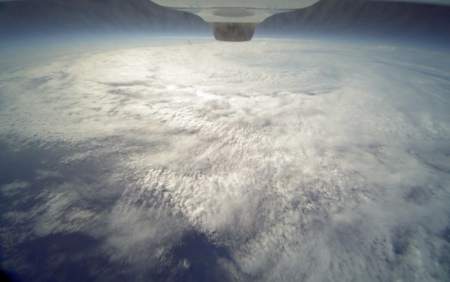NASA pilots have successfully flown an unmanned Global Hawk aircraft through the eye of several hurricanes.
Indeed, the UAS recently completed a 24-hour mission during which it monitored Hurricane Earl from an altitude of 60,000 feet, while making a total of seven passes through the storm’s eye.
NASA also deployed the Global Hawk to study tropical depression Frank, a tropical disturbance (AL-92) southeast of Haiti and Hurricane Karl.

The above-mentioned survey missions were conducted under the auspices of the Genesis and Rapid Intensification Process (GRIP) project, with the goal of achieving a better understanding of how dangerous tropical storms are formed.
Manufactured by Northrop Grumman, the Global Hawk is equipped with four remote sensing instruments used to observe the genesis stage of hurricanes and their subsequent intensification.
The UAS – which maintains a top flying altitude of 65,000 feet – is also capable of peering through cloud tops and measuring the internal structure of tropical storms, tropical disturbances and full-fledged hurricanes.






